PDF chapter test TRY NOW
The objects which change their position with respect to time is at the state of motion.
Types of motion
The objects which move along a straight line are in rectilinear motion or linear motion.
Example:
Motion of any vehicle on a straight road, soldiers in a parade, and runners in a \(100\)-metre race.

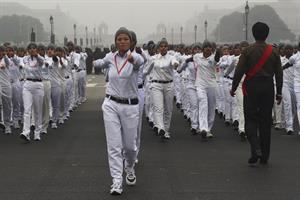
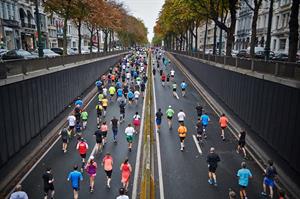
Circular motion
The motion in which the objects move along a circular path is called as circular motion.
Example:
Pedals of a bicycle, hands of a clock, and blades of a fan.
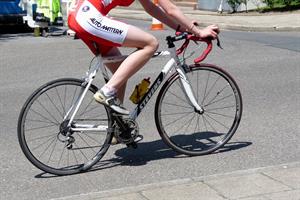

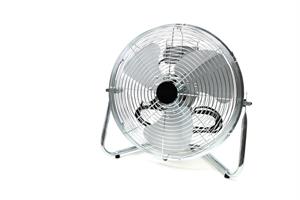
Periodic motion
The objects which are in repeated motion for equal intervals of time are in periodic motion. It is also known as oscillatory motion.
Example:
Girl swinging on a swing, motion of Earth around the Sun, and the pendulum.

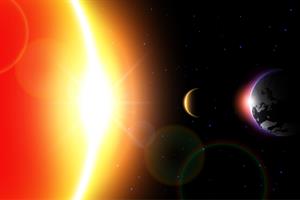
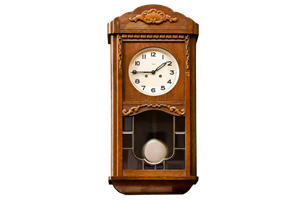
Is motion slow or fast?
If an object covers a particular distance in less time, then it is said to be fast in motion whereas another object which covers the same distance in more time is said to be moving slow.
Motion of an object can be slow or fast at different times. Slow or fast is a relative concept which depends upon comparing motions. For example, we can say that the vehicle is moving fast or slow by comparing it with the other vehicles if they are travelling in the same direction.

By comparing the distances moved by the two objects in a given time, we can determine which of the two objects is faster. Imagine a bus and a bicycle starting from the same point at the same time. After \(5\) minutes, the distance covered by the bicycle would be shorter than the bus. The bus which takes the shortest time to cover a certain distance has the highest speed.
Speed
Speed is defined as the distance travelled by an object in unit time.
A car moving at a constant speed covers a distance of \(100\) kilometres in one hour, implying that it had travelled at a speed of \(100\) kilometres per hour. This shows that the total distance covered by the car in one hour is \(100\) kilometres. It is not compulsory that the car must travel at a constant speed because it is the average speed of the car that is calculated. The term 'average speed' can be used to determine 'speed'.
Speed or average speed is the total distance covered divided by the total time taken.
Thus,
\(\text{Speed} = \frac{\text{Distance travelled}}{\text{time}}\)
The speed of an object can be determined by measuring the time taken by it to cover a certain distance. Based on the speed, the moving object may have uniform or non-uniform motion.
Actual speed is the distance travelled by a body at a particular time.
Uniform motion
An object is said to be in uniform motion if it travels in a straight line with a constant speed. Here, the object travels equal distances in equal intervals of time. So, the average speed is the same as the actual speed of an object.
Example:
Moving blades of a ceiling fan.

The blades of the fan moves in a circular motion with a constant speed in equal intervals of time.
Non-uniform motion
An object is said to be in non-uniform motion if it travels along a straight line with a variation in speed. The object travels unequal distances in equal intervals of time. Here, the average speed is not the same as the actual speed of an object.
Example:
Motion of a train.
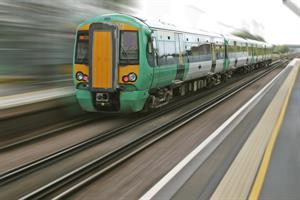
At the starting point of the journey, the train was at rest, and then it started moving slowly. After covering a certain distance, the train gathered some speed. Then, it slowed down while crossing a bridge and stopped at the stations for passengers. Finally, the train slowed down and came to a halt at the last station. Throughout the journey, the speed of the train was not the same. Thus, the motion is said to be non-uniform motion.
